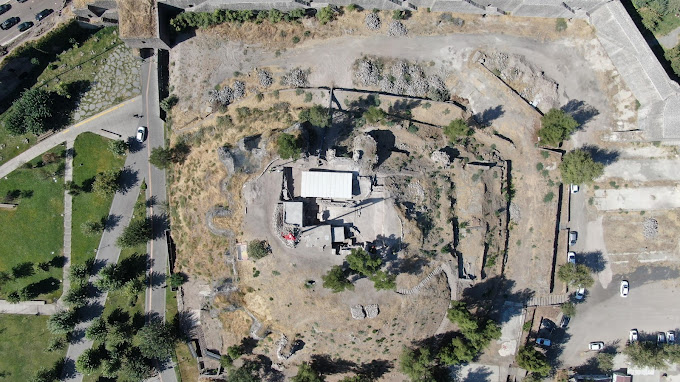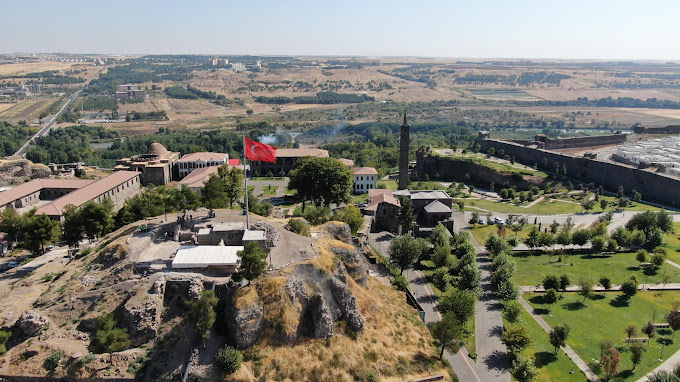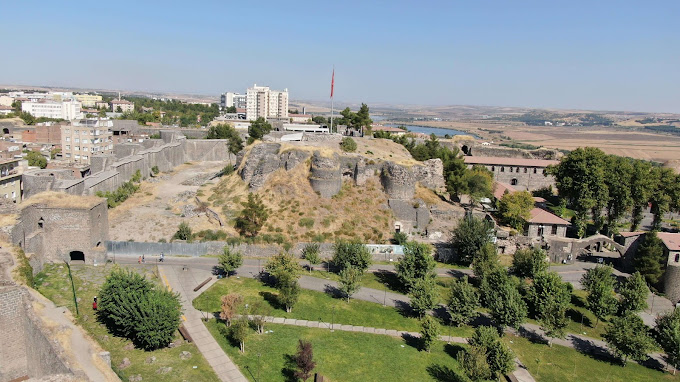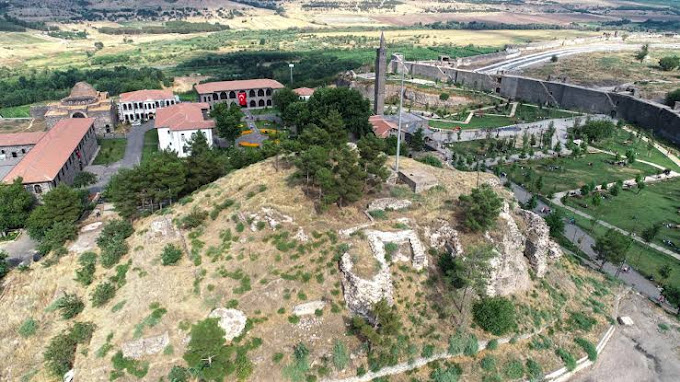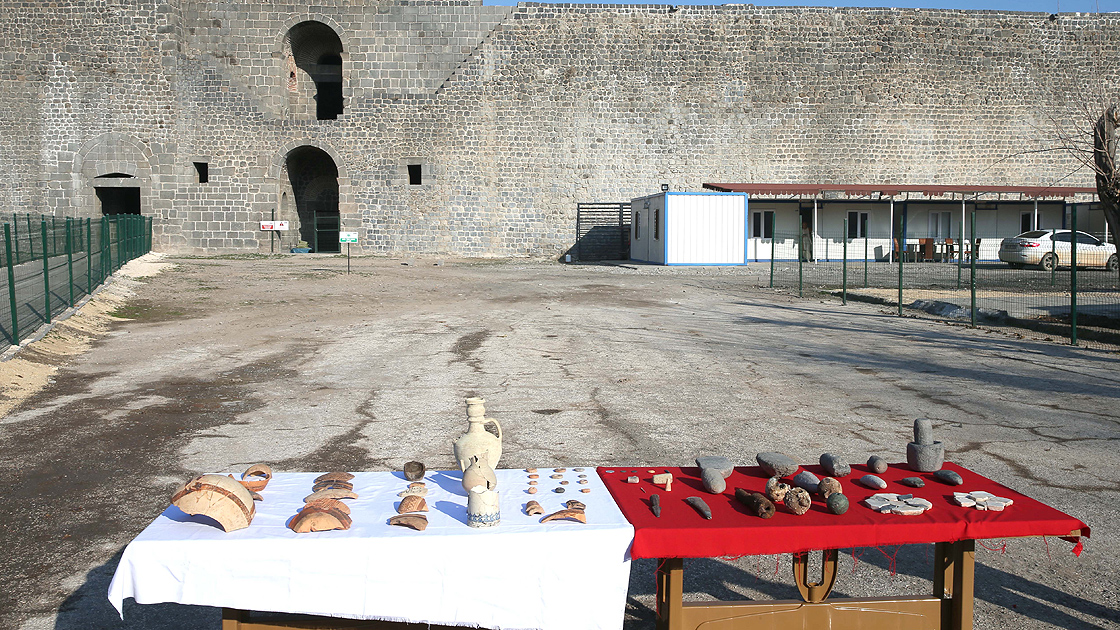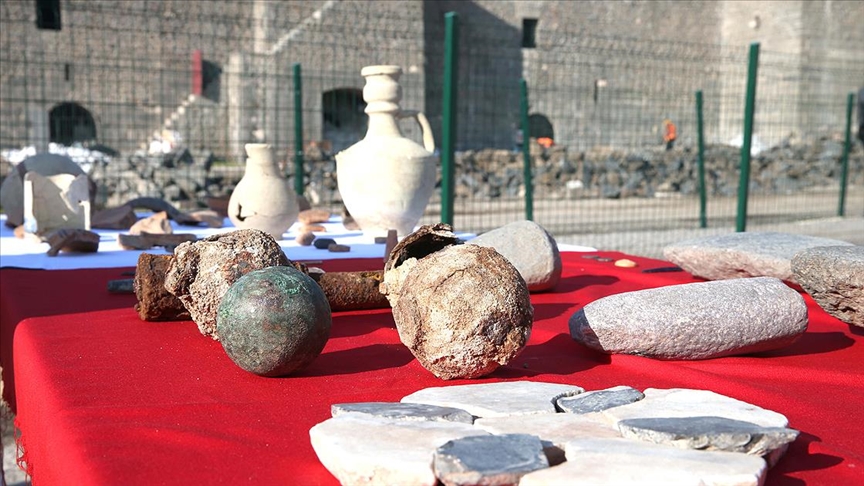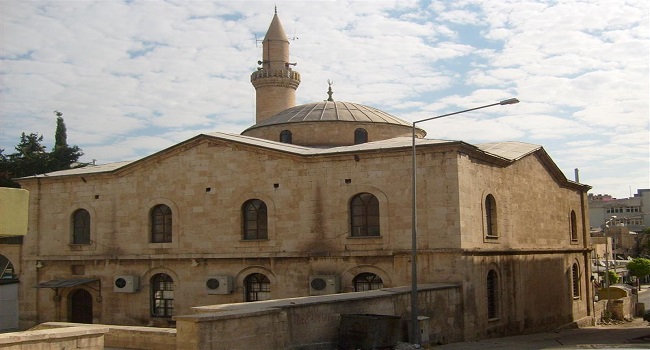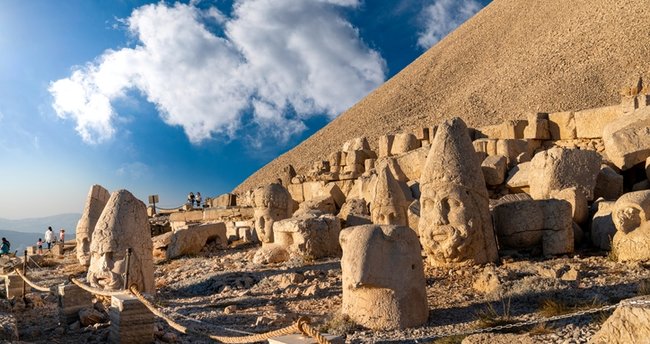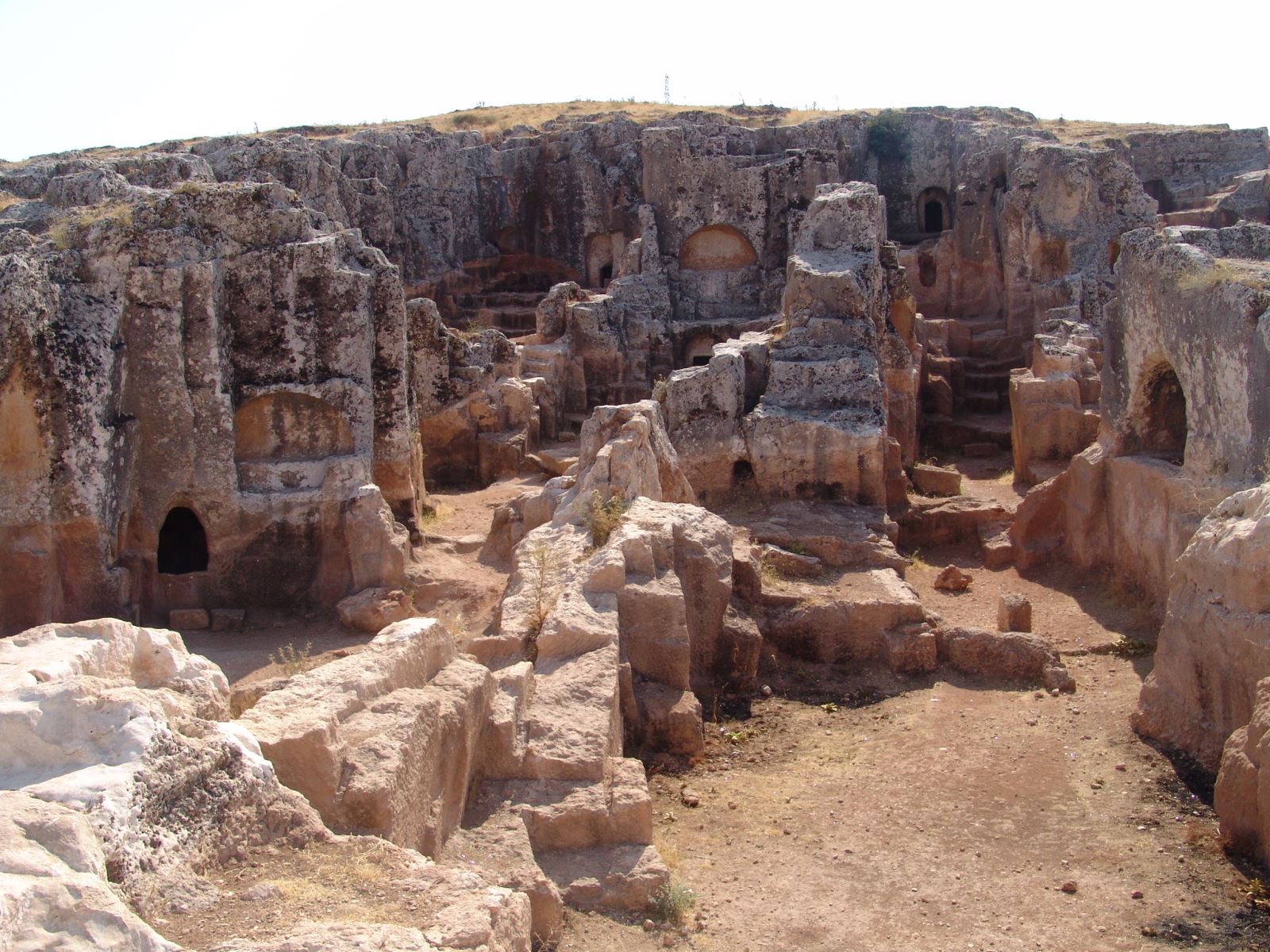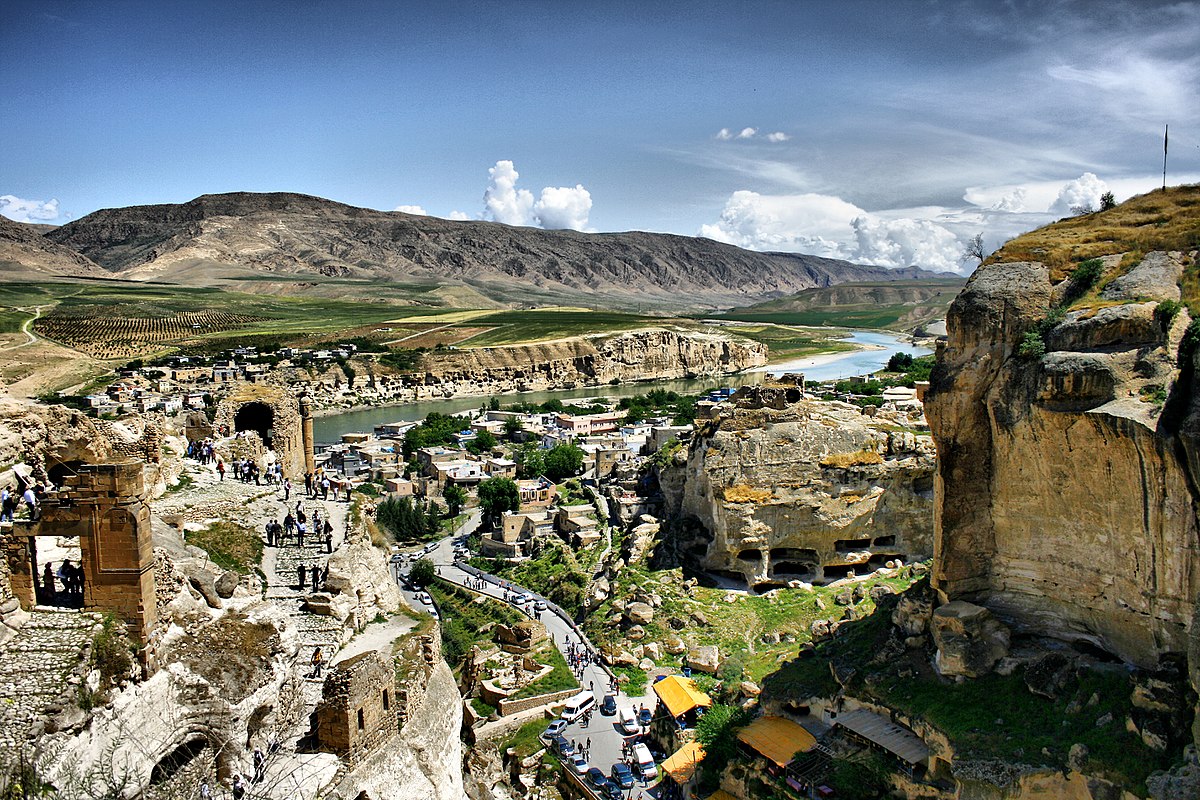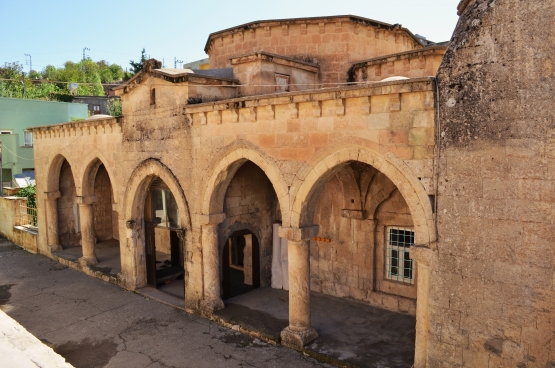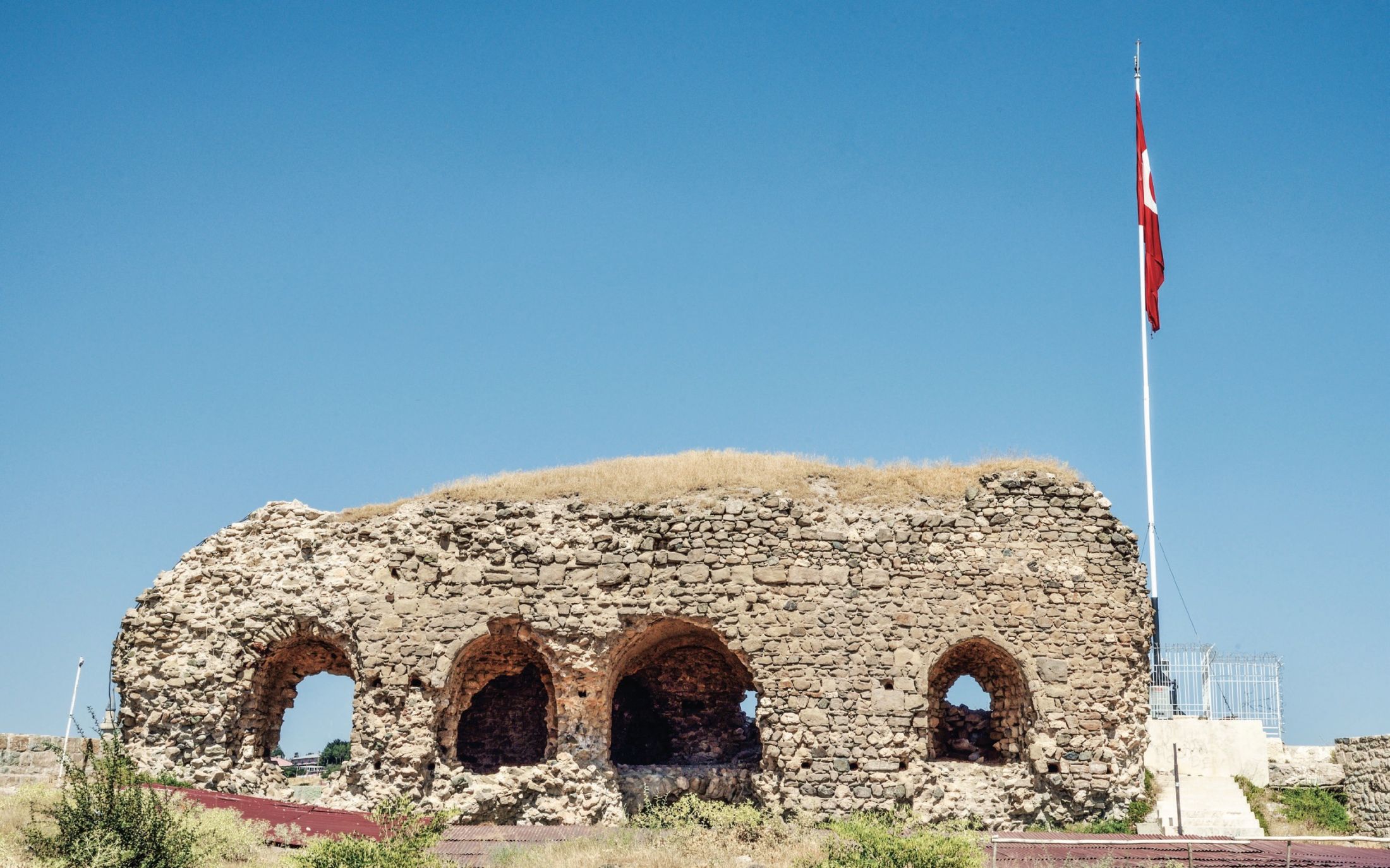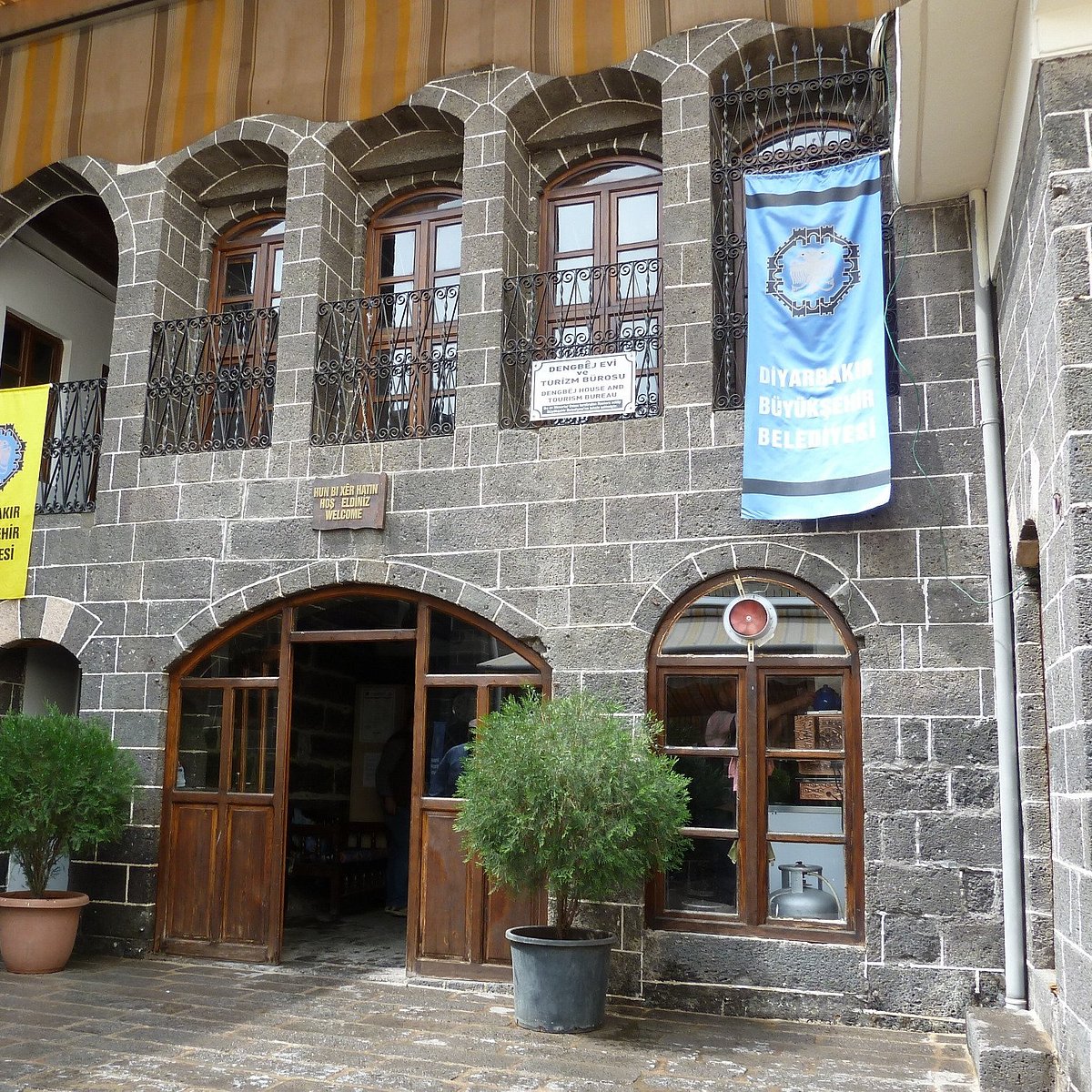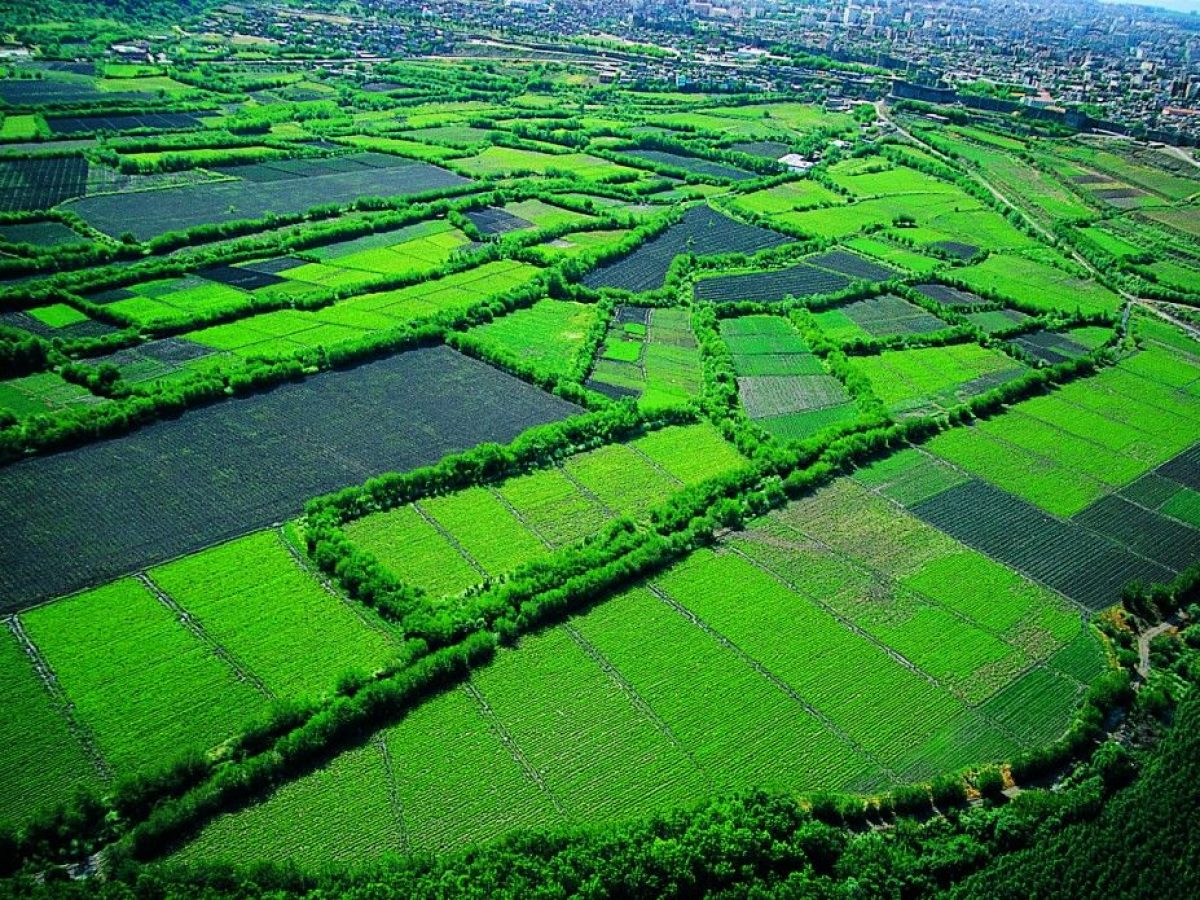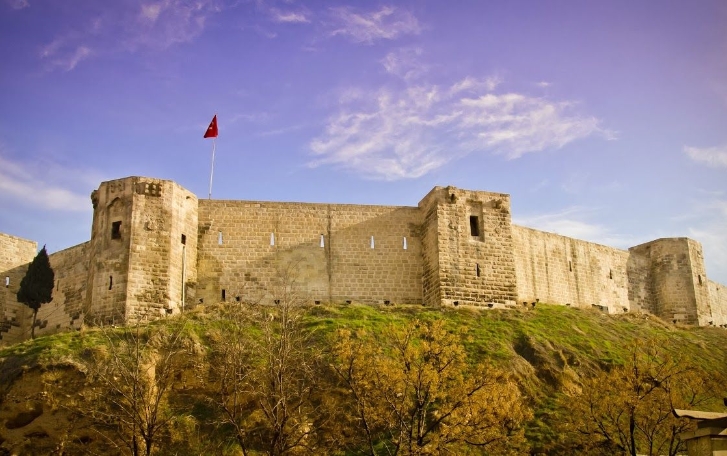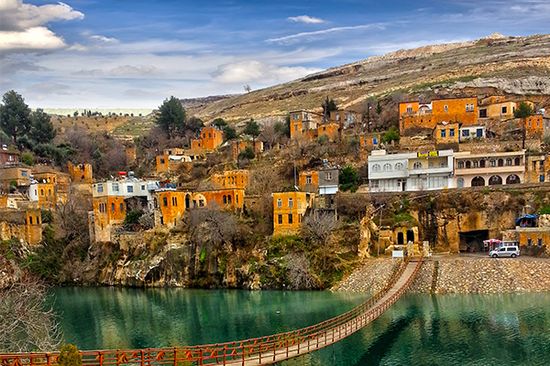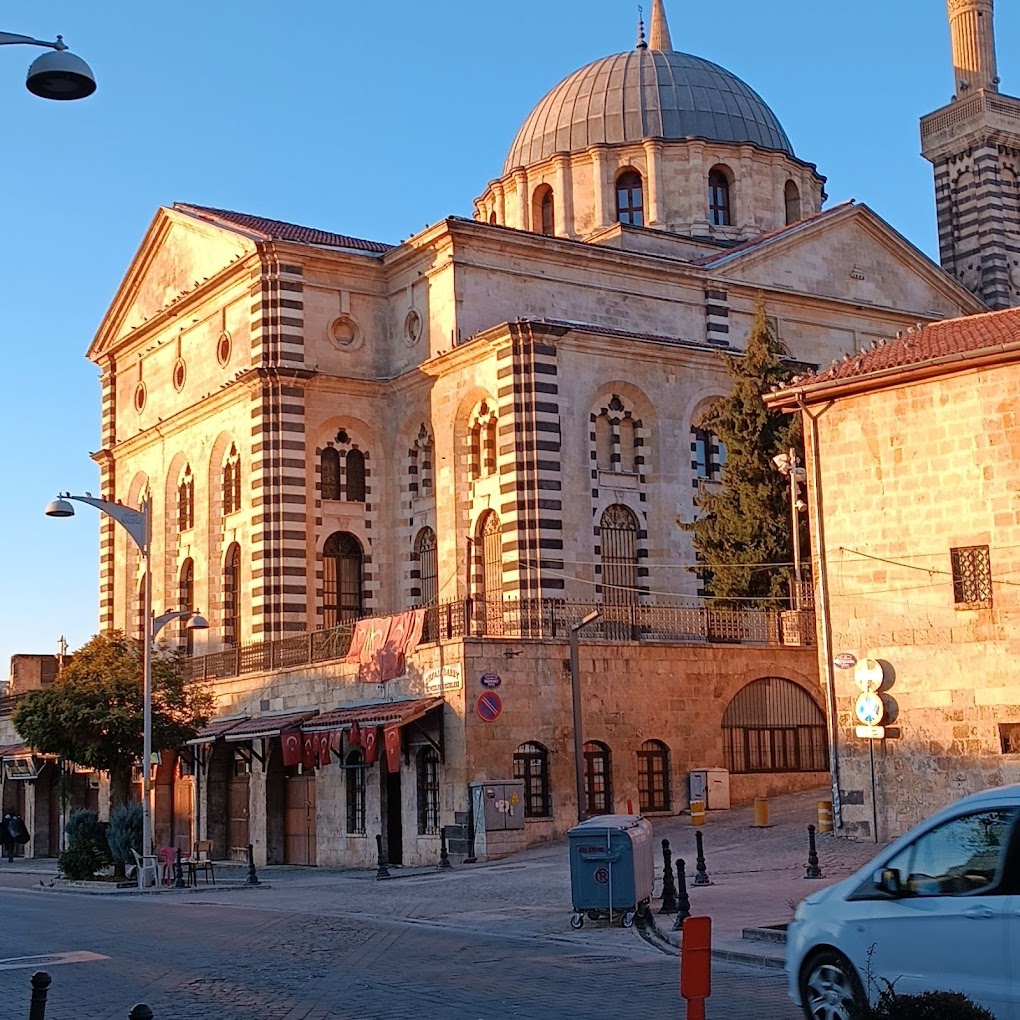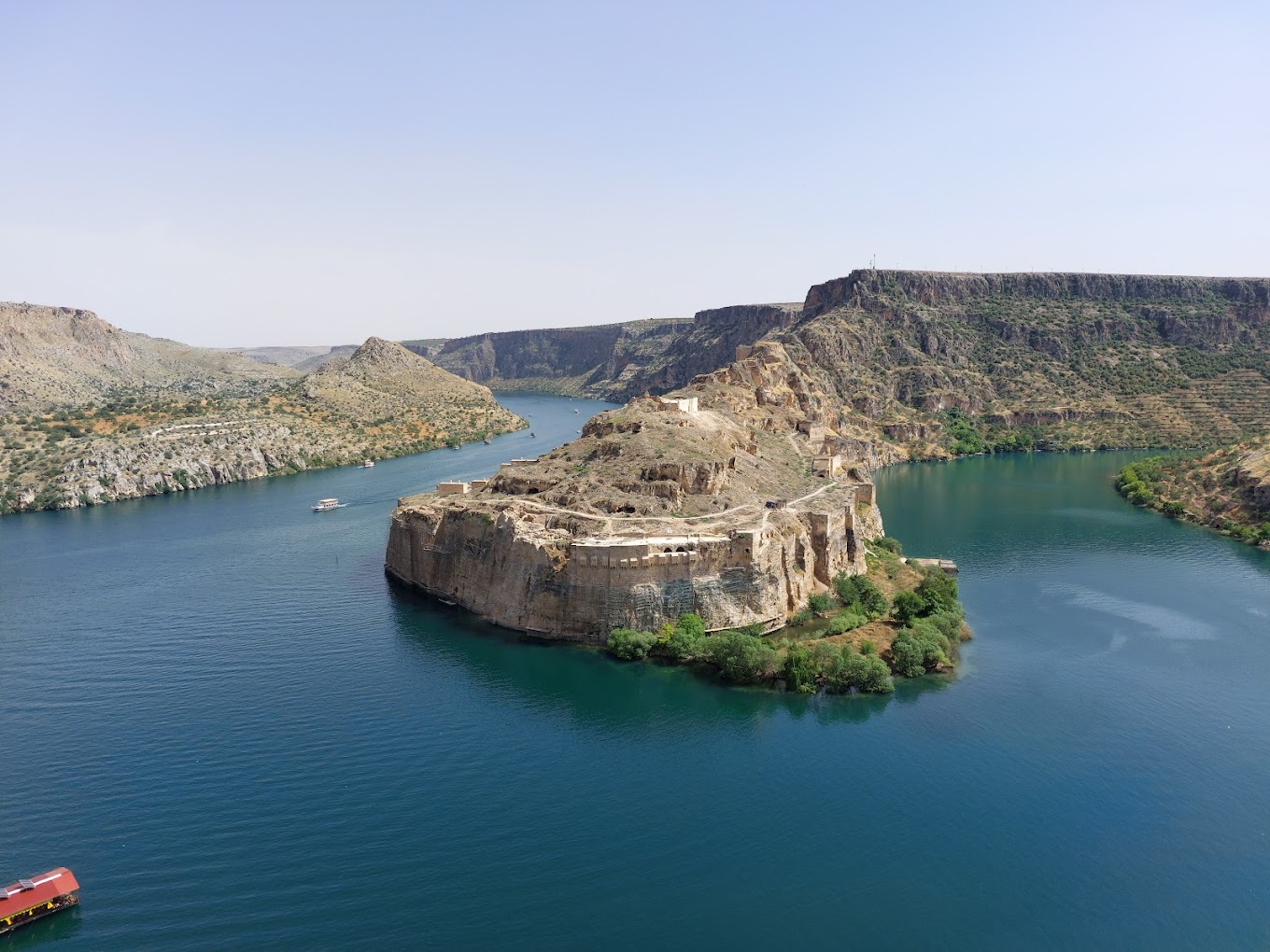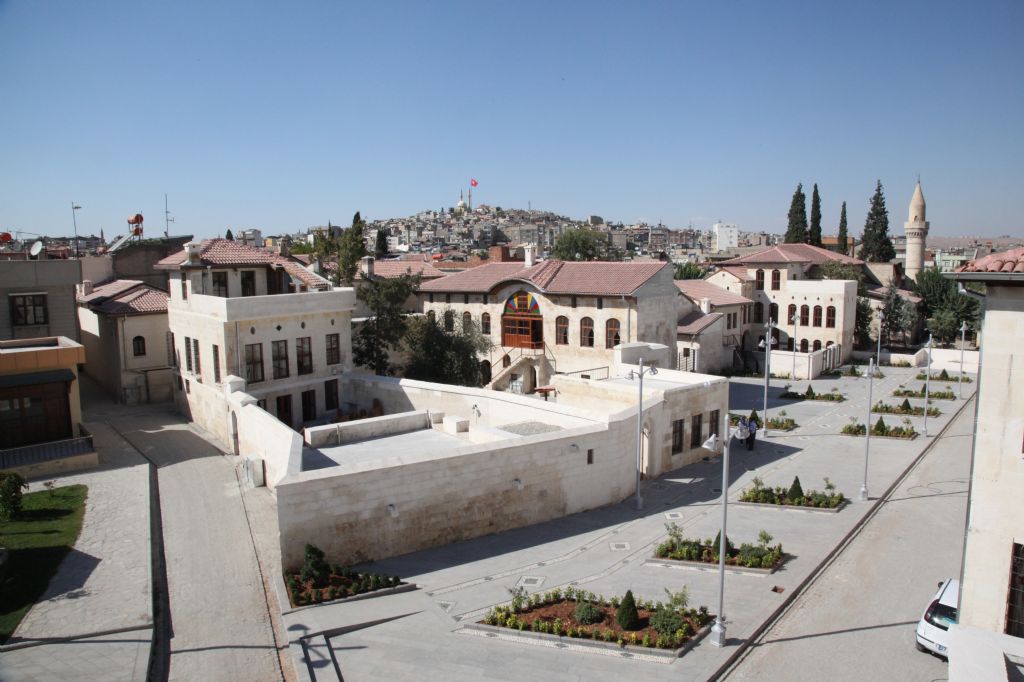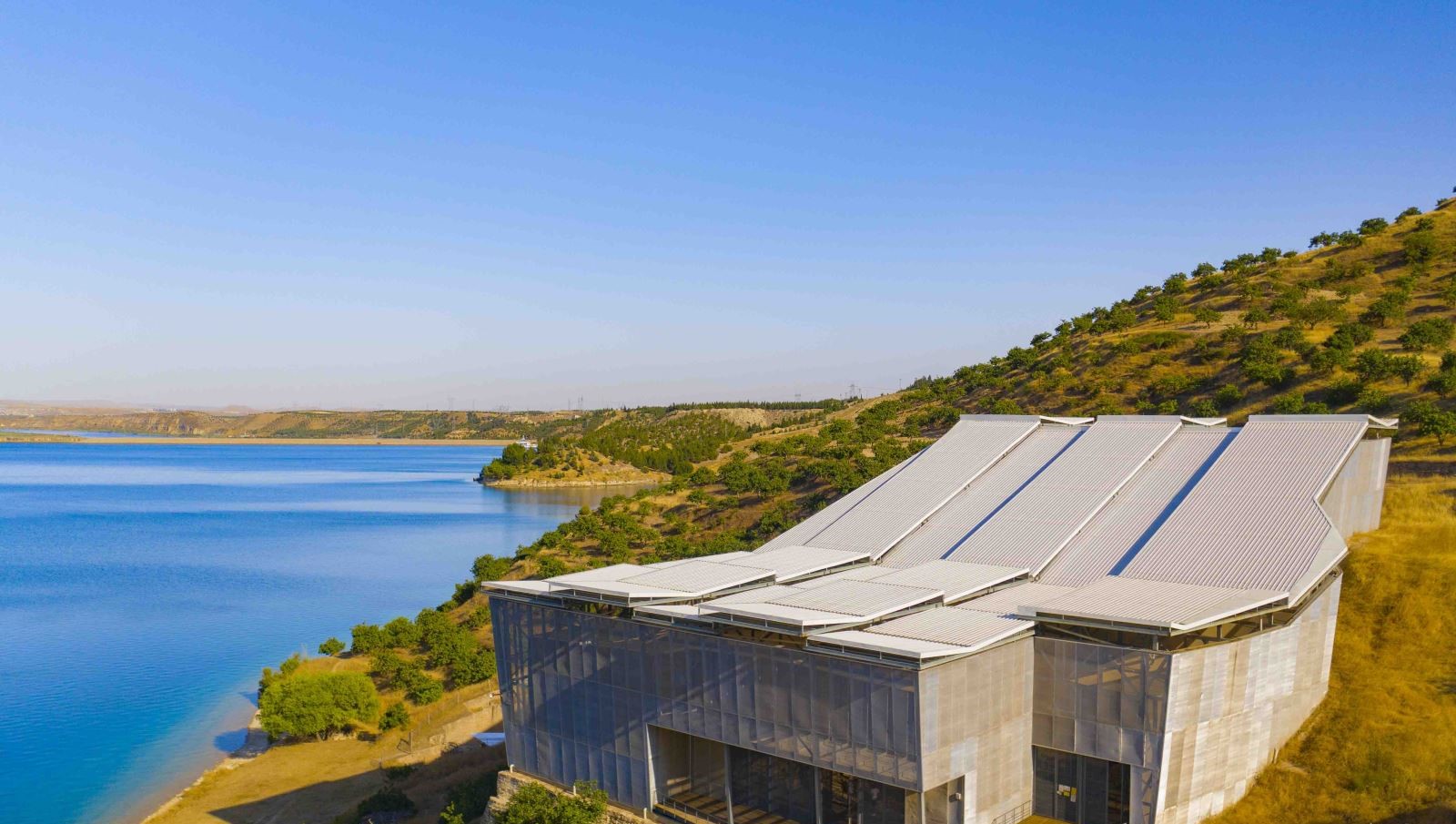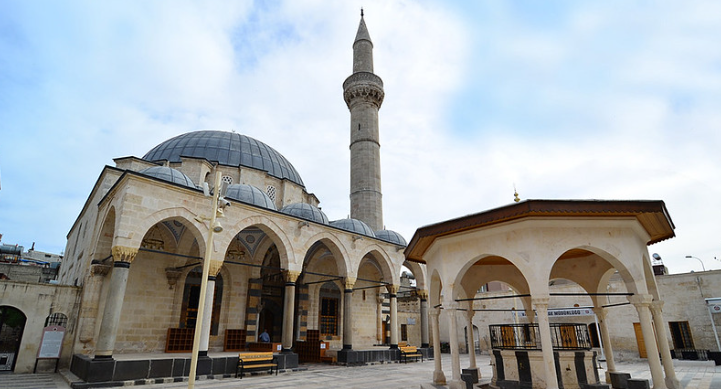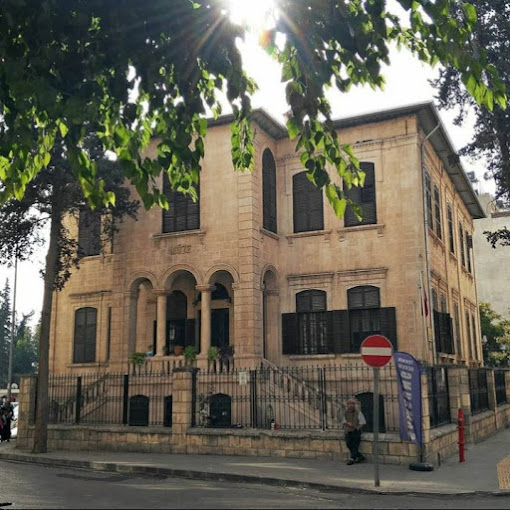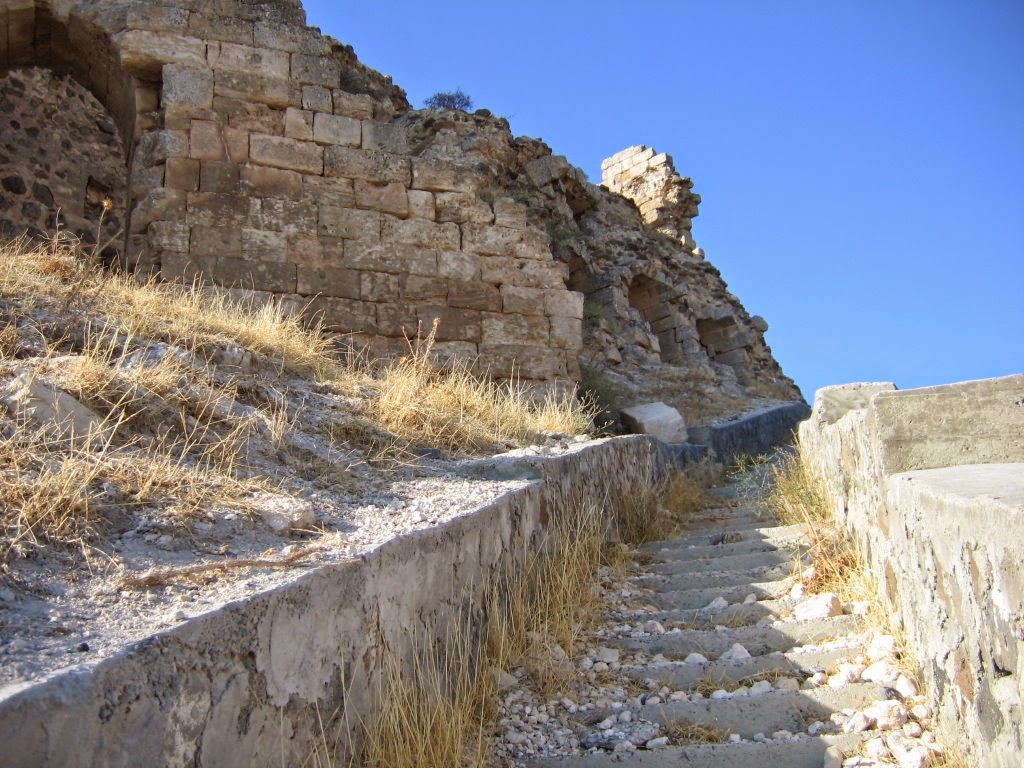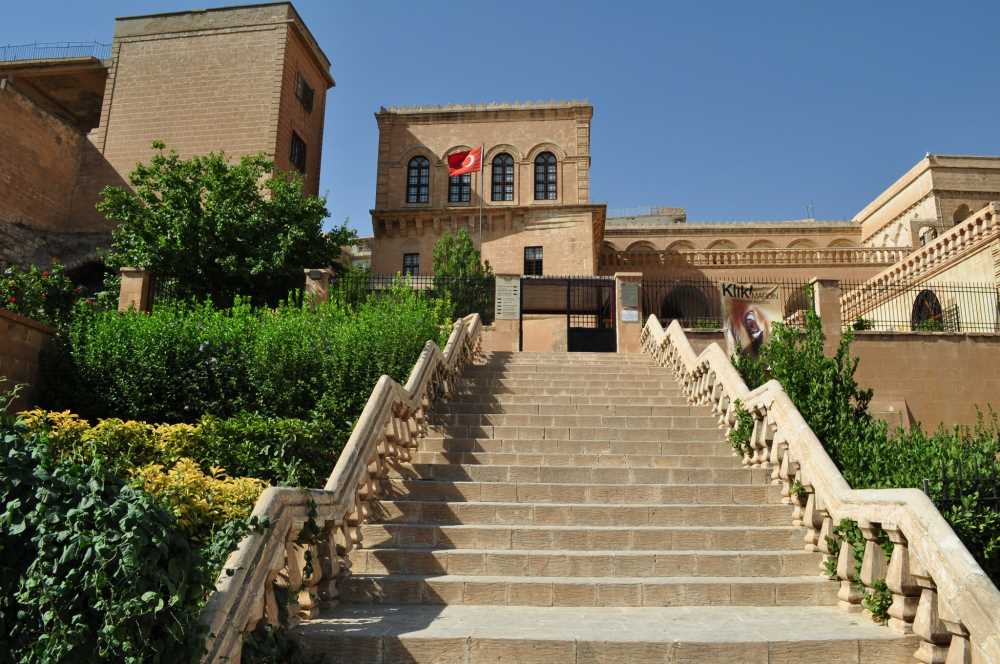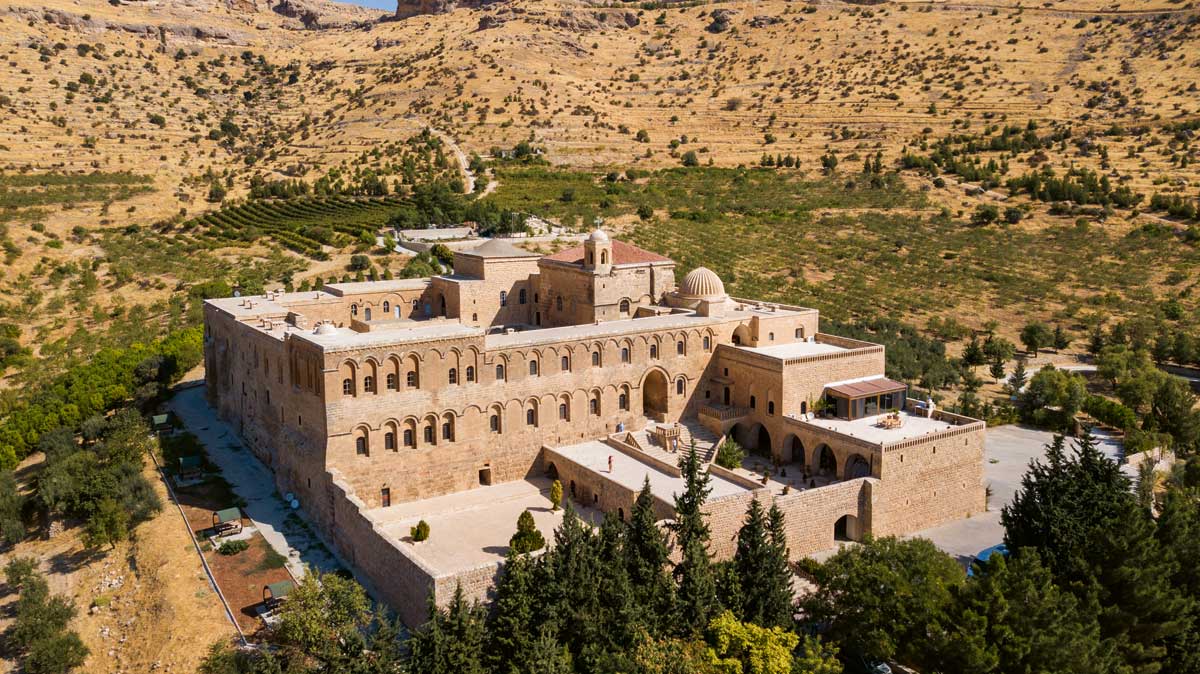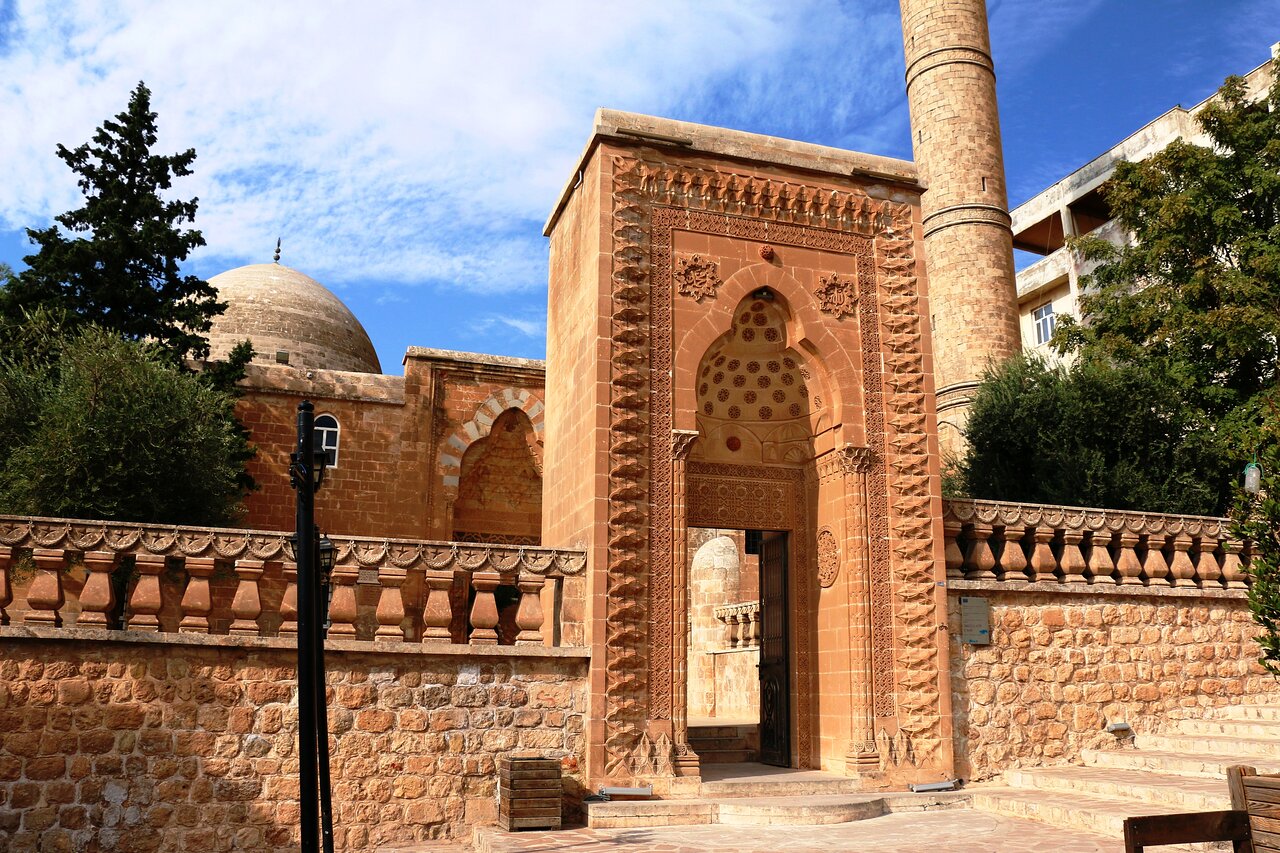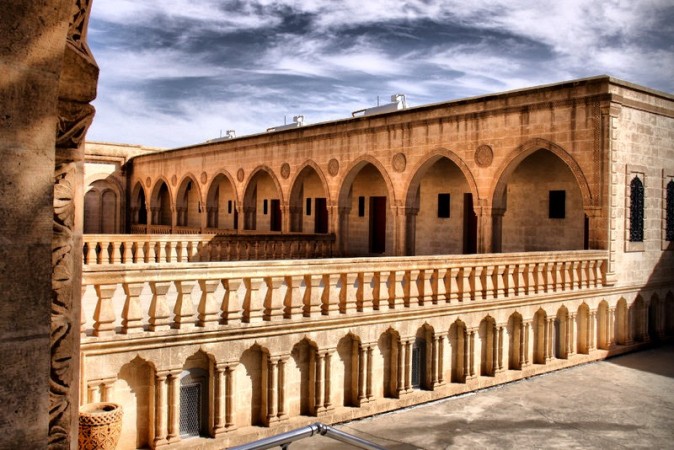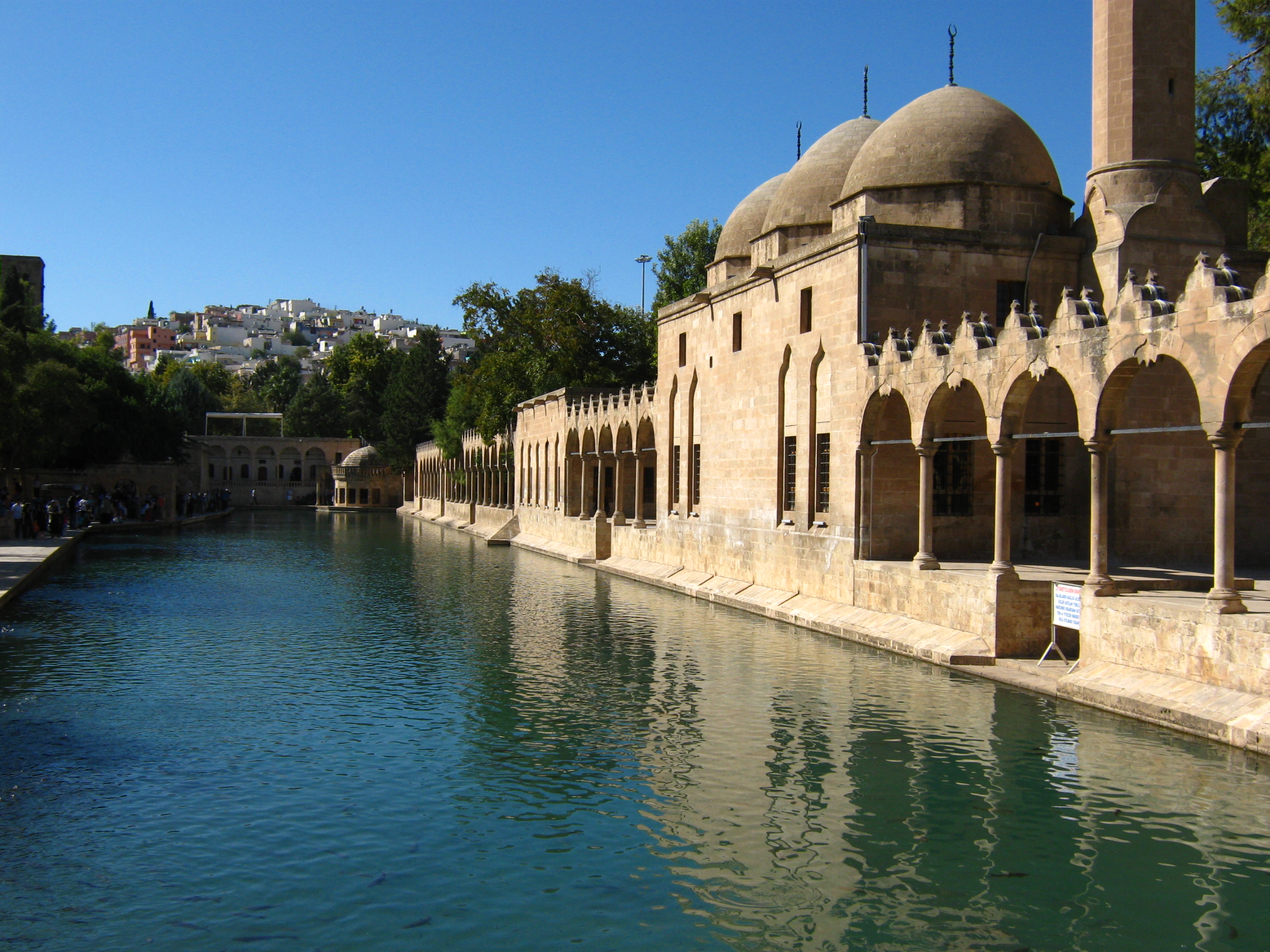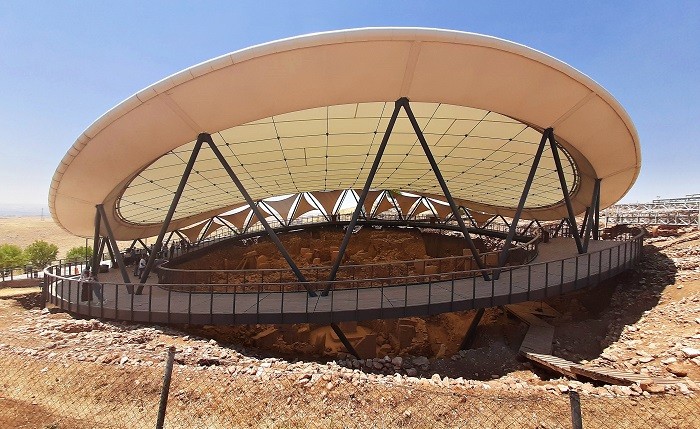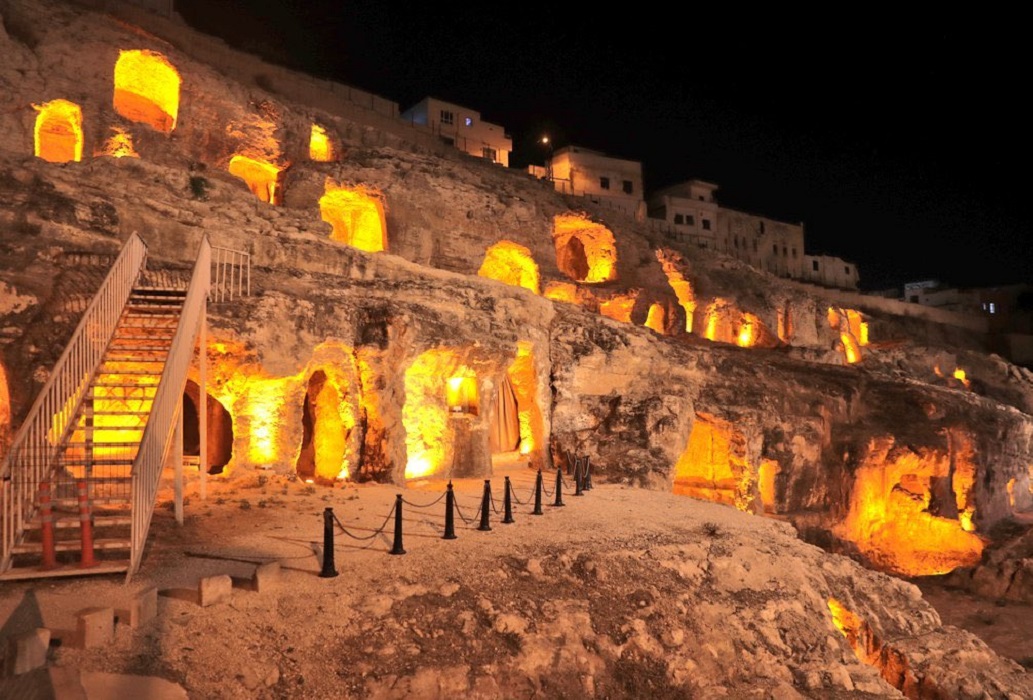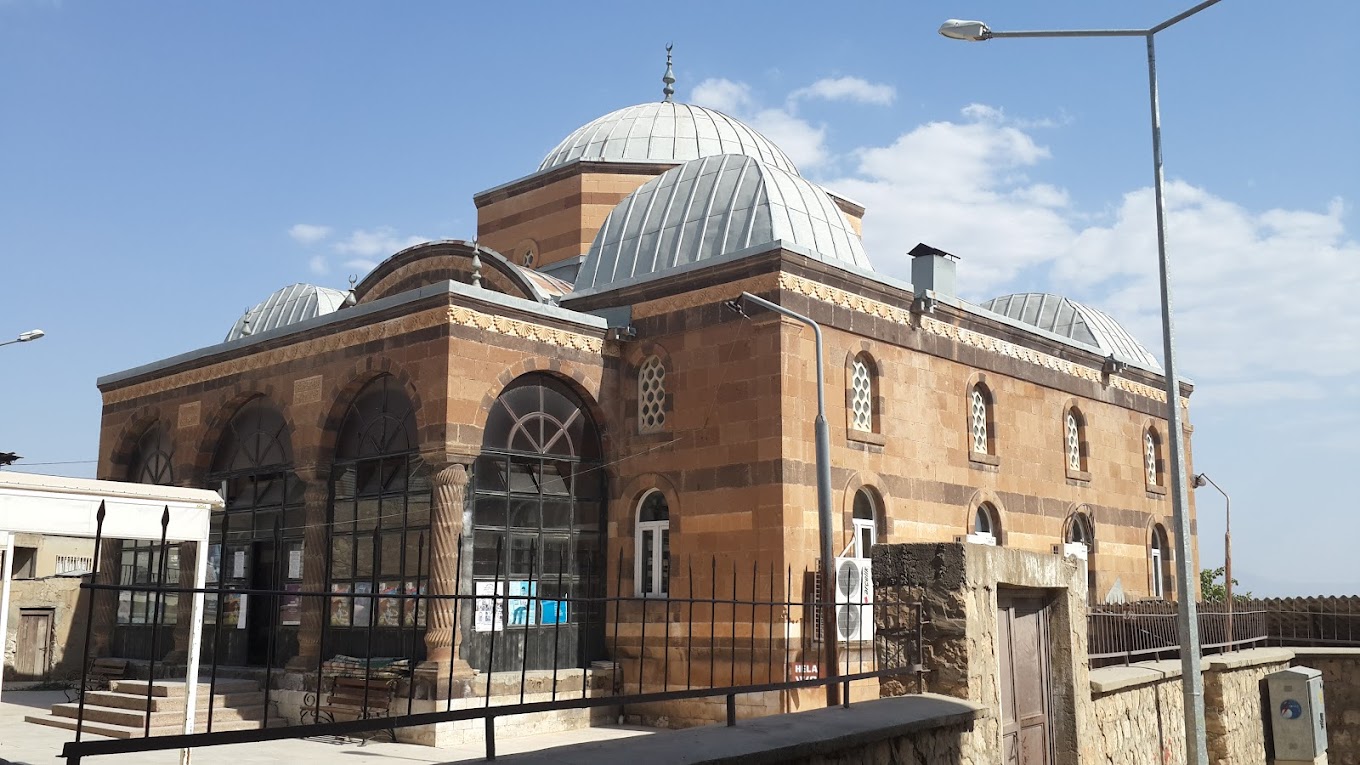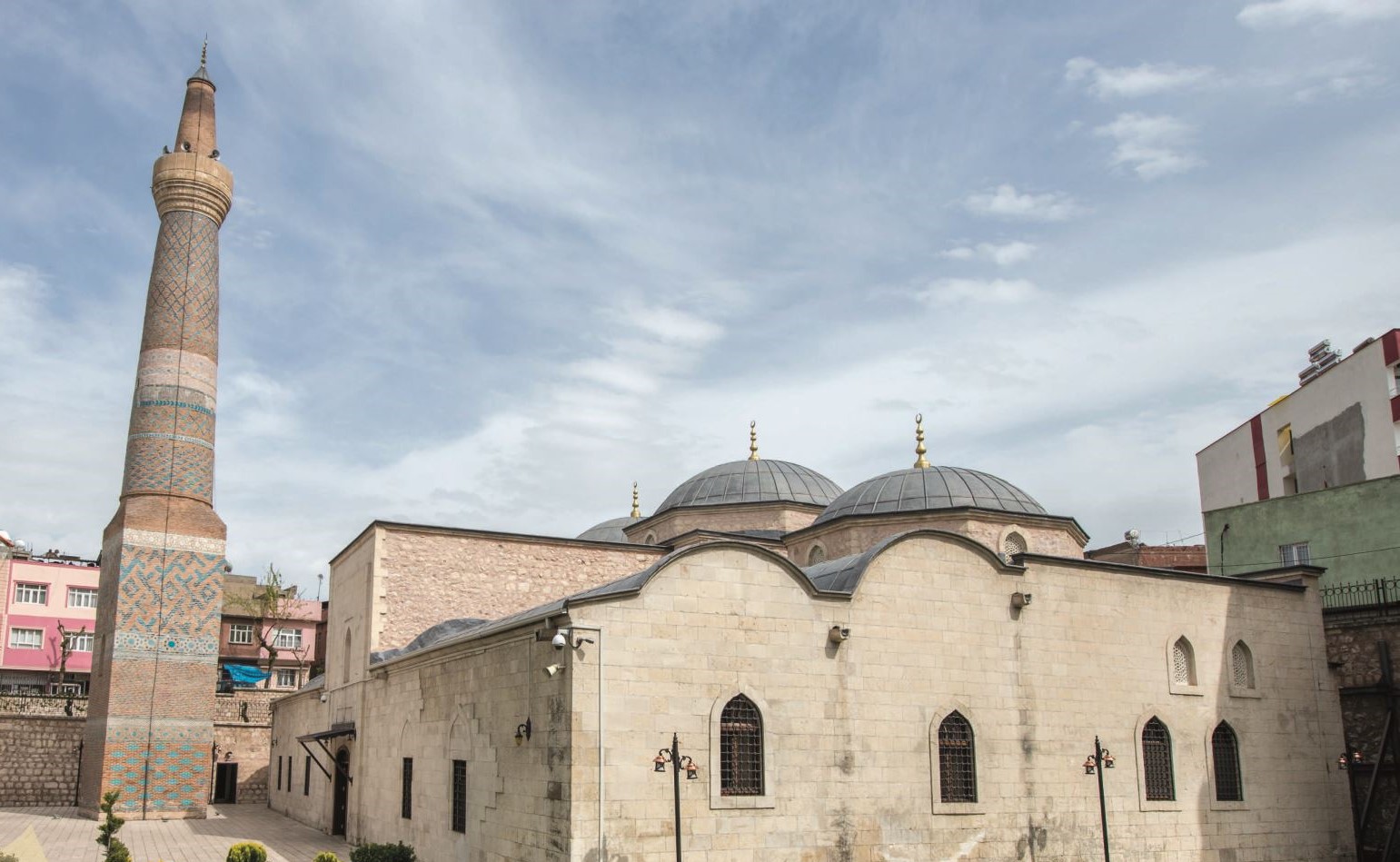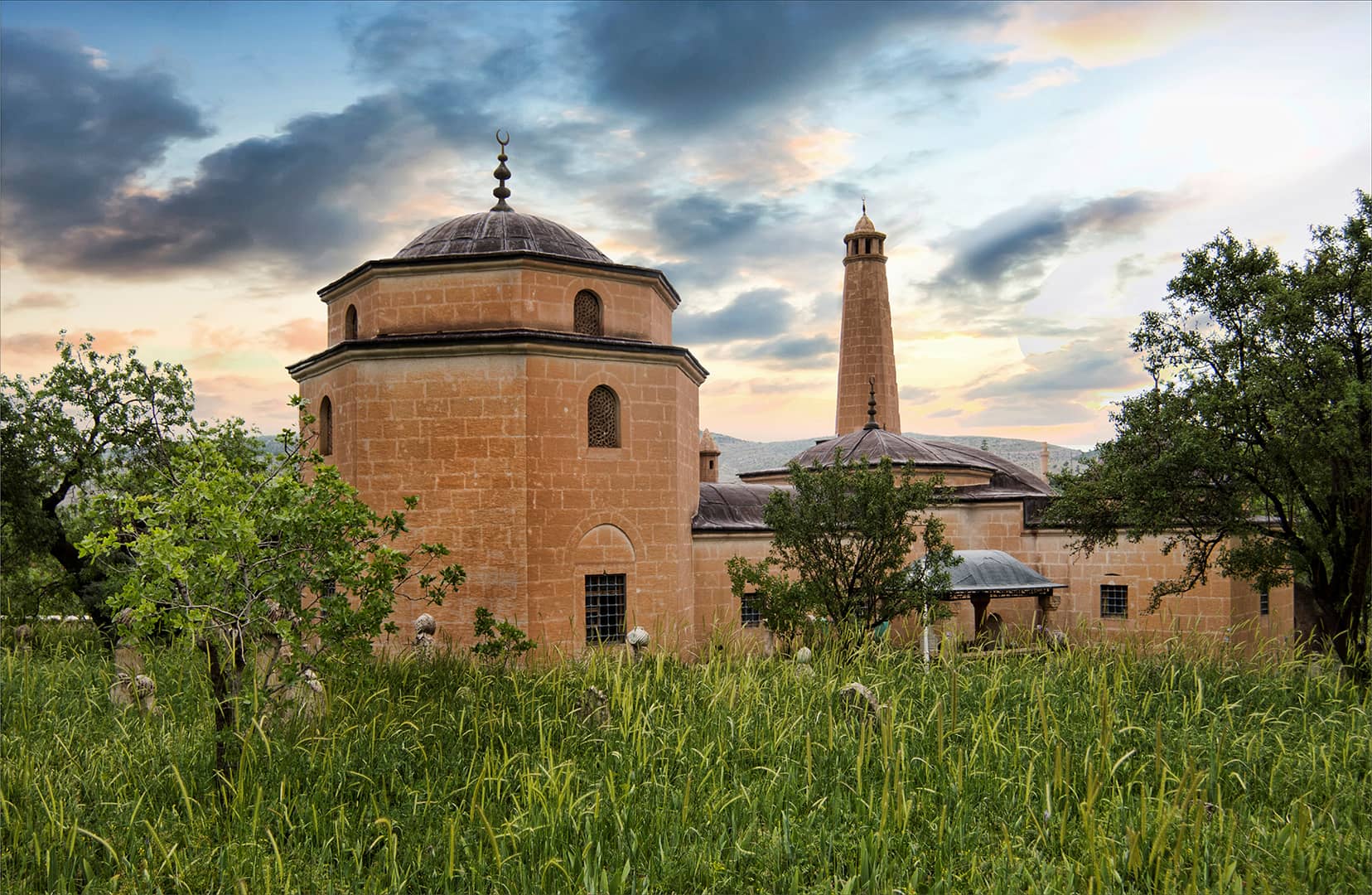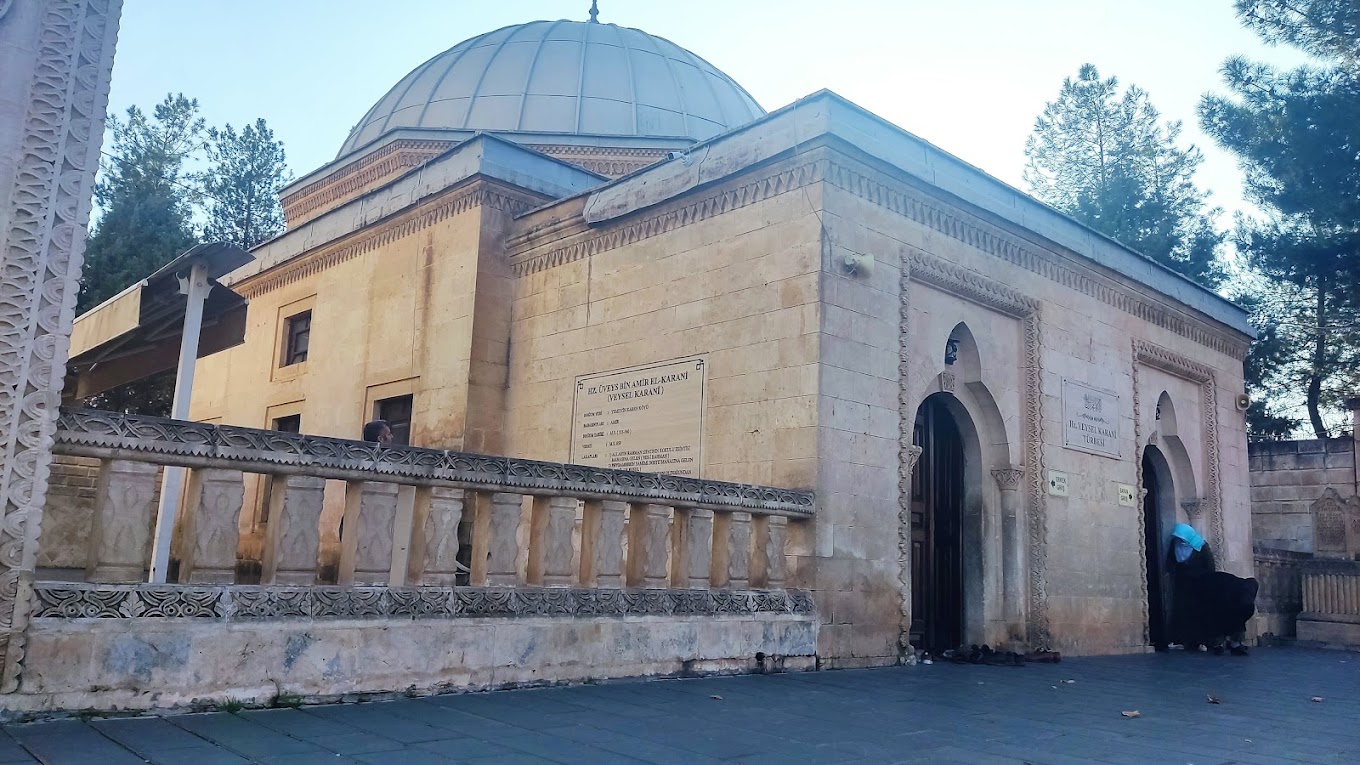Amida Mound
The settlement history of the city of Diyarbakir dates back to BC, according to the researches carried out on the mound in İçkale. It starts at the 4th millennium. While most contemporary settlements of northern Mesopotamia have found a combination of local handmade pots, wheel-made Ubayd pots, and knocked-down Uruk bowls, the presence of only local pots at Amida Höyük indicates that it was inhabited by local communities.
A group of vessel fragments with burnished slip remains indicate that there was a settlement on the mound dating to the transition phase from the Late Chalcolithic period to the Early Bronze Age. As in most settlements of the Upper Tigris basin, no sherds dated to the first half of the 3rd millennium BC were found here either.
The mound appears to have been resettled since the middle of the third millennium BC. A small number of pot sherds made of thin paste wheel and fired at high temperatures represent a lined and burnished group of Standard Ceramics of Northern Mesopotamia. One piece uncovered among the surface finds belongs to the part where the foot and bowl parts of the high pedestal bowls dated to the Early Bronze Age III in the Middle Euphrates basin were combined. A fragment of Early Transcaucasian III pottery adds to the evidence for the presence of this pottery group in the Upper Tigris basin. The earliest written document found in the Upper Tigris basin is the stele erected by Pir Hüseyin, after the Akkad King Naramsin conquered the region in the 23rd century BC.
Akkadian rule in the region continued for about a century, and the last two centuries of the third millennium BC are dated to the post-Akkadian period. On the other hand, no sherds belonging to the characteristic Metallic Ceramics and Dark Mouthed Orange Color Bowls of the period were found in Amida Mound, so there is no evidence that the mound was inhabited during this period. In the Upper Tigris basin, the Middle Bronze Age is defined by the standard Red-Brown Paint Slip and Habur Painted Vessels.
The presence of sherds belonging to these pottery groups in Amida Höyük indicates that they were settled here, as in most settlements in the Upper Tigris basin. Fragments of standard monochrome vessels with smoothed surfaces and vessels with a fine paste beige slip and a body fragment possibly belonging to the Nuzi Painters indicate that the mound was also used during the Mitanni period. According to Middle Assyrian written documents, Amid or Amedi was the capital of an Aramaic tribe called Bit-Zamani. Although it is known that the city was under the domination of the Middle Assyrian kingdom between 1260-1190 BC, no pieces dating to the Middle Assyrian period were found among the surface material of the mound. Probably the Middle Assyrian settlement must have been moved to another part of the city.





